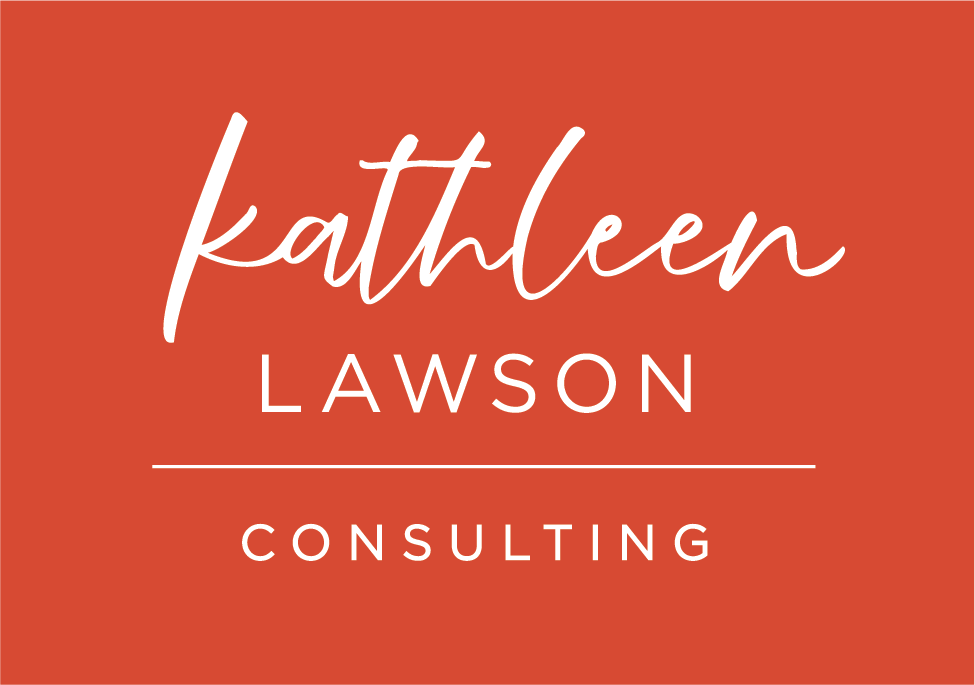Metrics Are the Foundation of Accountability
You might think that metrics are something you’ve heard connected to larger companies that have been around for a while. But here’s a secret - metrics are the foundation of accountability for any business.
Without these measurements, you’re technically business blind. You can’t be accountable for achieving goals, and you can’t manage progress if you don’t have the numbers to tell you where your energy needs to go.
What Exactly Are Metrics?
They are numbers - information and data - that help you take action, and can provide feedback after. They measure all sorts of things in your business. Social media analytics are an example of how metrics tell you how many people see a social media post, did they “like” or comment, or did they click through any links you provided.
Metrics are only one part of reaching your goals. You need clarity around the necessary actions to align with those goals. Which is why I like this quote attributed to Peter Drucker:
“What gets measured gets improved.”
I see a lot of business owners avoid dealing with metrics because they can be overwhelming. There are lots of different business metrics that you can track, but you only need to track the ones that help you and your business move the needle.
By setting up a metrics tracking system for your business, you can embrace your achievements and find the places where you can make improvements to reach more goals and reap more rewards.
To simplify, if you plant a garden then never check to see if it needs watering or weeding, it probably won’t thrive. But if you keep an eye on the growth in your garden, when the leaves start to wilt, and you learn to water it the day before that happens, the reward will be lush, beautiful flowers.
Examples of Metrics
Your Website
SEO traffic, the number of opt-in downloads, and clicks on CTA’s
Networking
Track how many networking events and number of 1:1 meetings you have scheduled, the number of new contacts you’ve reached out to, how many proposals you’ve sent vs. closed
Social Media
Consistency of posting, the reach of those posts, email open rates, and video watch time.
Sales and Profit
Number of clients, sales by service, profitability by service
Of course, we want to track these numbers, but also be careful about how we look at metrics we can take action on. You can do more networking or more advertising, but you can’t force someone to buy from you. Each metric can have different categories. For instance, revenue can come from recurring sources that repeat, or from one-off projects that have to be continually sold.
A word to the wise - don’t get caught up in vanity metrics. If the metric doesn’t align with your goals and actions to achieve them, they are not the metrics for you.
Being aware of your metrics reduces stress. Without them, you’re winging it and don’t really know what’s working or not. Metrics tell you you’re progressing and moving towards your goals. And metrics are facts - they take the emotion out of decision-making.
How Do You Get Started With Metrics?
Start simple, with one or two metrics you can track weekly and monthly.
Consistency is better than complexity. It’s more effective to look at three numbers weekly that you can realistically take action on than to have a fancy dashboard full of numbers that you ignore because it overwhelms you.
One of the best times to check metrics is during a weekly CEO Hour. Here’s a challenge for you:
Choose three metrics to track this quarter. Look at them weekly at CEO Hour. Take one action based on data each week.
I’d love to hear how the challenge went for you. Schedule a call with me to see how metrics can help you take action and get closer to your goals.


